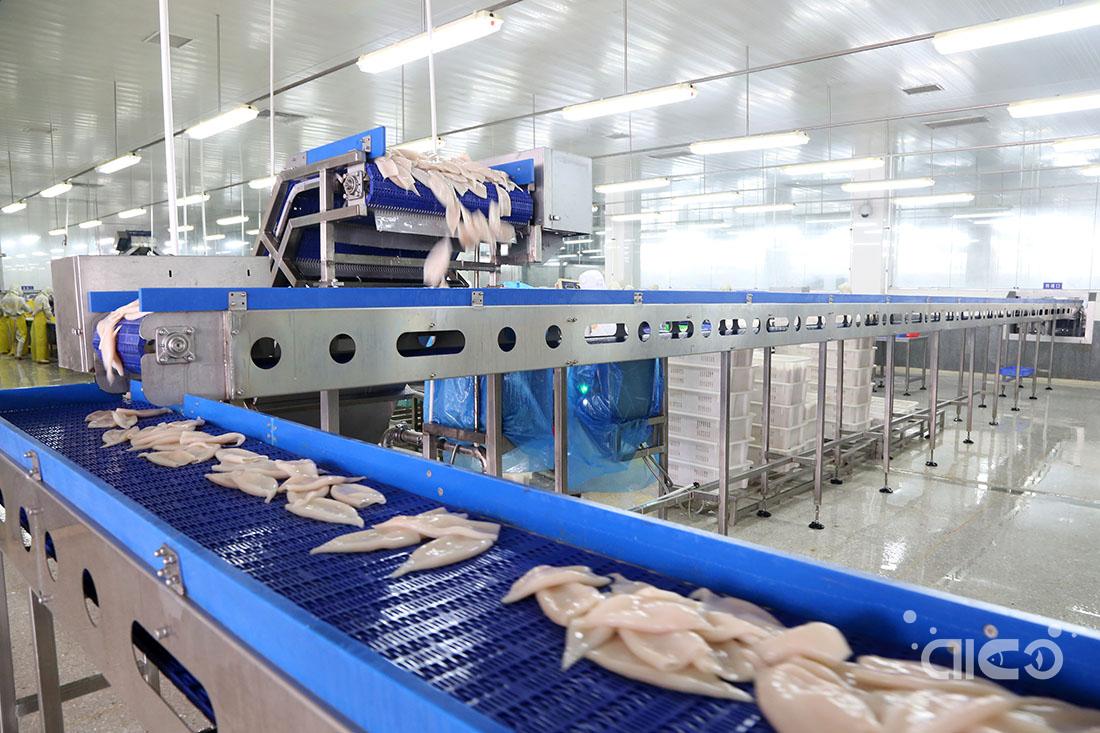China and the U.S. Slash 91% of Tariffs, Aquatic Trade Rebounds!
On May 12, 2025, China and the United States Achieve Major Breakthrough in High-Level Economic and Trade Talks Held in Geneva
The two countries jointly issued the *Sino-U.S. Joint Statement on Economic and Trade Talks in Geneva*, announcing that they would eliminate 91% of additional tariffs imposed on each other and suspend the implementation of 24% of tariffs for a period of 90 days. This move not only presses the “pause button” on the thawing of bilateral economic relations but also brings a significant turnaround for the seafood trade, which had previously suffered heavy losses.
Major Changes in U.S.-China Tariff Structure
According to the joint statement, the United States will remove all additional tariffs imposed under Executive Order 14259 dated April 8, 2025, and Executive Order 14266 dated April 9, 2025 — accounting for 91% of total tariffs. It will also revise the "reciprocal tariffs" stipulated under Executive Order 14257 issued on April 2, 2025 — of which 24% will be suspended for 90 days, while the remaining 10% will remain in place.
In response, China will cancel the tariffs imposed under the announcements No. 5 and No. 6 of 2025 issued by the Tariff Commission, and adjust its countermeasures outlined in Announcement No. 4. Similarly, 24% of these tariffs will be suspended, while 10% will be retained.
This means that the U.S. tariff burden, which had accumulated to 145% since February, has been significantly reduced. At the same time, China's retaliatory tariffs have also been adjusted downward, dropping from 125% to a remaining 10%. As a result, a large volume of bilateral goods between China and the U.S. will regain viability in market circulation.
The adjustment in tariffs has particularly significant implications for the aquaculture industry. Previously, due to an extremely high tax rate of 145%, China had virtually halted purchases of American aquatic products, including abalone, lobster, salmon, cod, sea cucumber, and other categories which were forced into cessation. On the U.S. side, reports indicated a complete halt in the export of geoduck from Washington State, with millions of dollars in export business frozen. According to the latest statement, China has clearly suspended 24% of the retaliatory tariffs on aquatic products, leaving the current rate at 10%.
This means that the 10% tariff on American aquatic products under Announcement No. 2 of 2025 remains effective; the additional 24% tariff under Announcement No. 4 will be suspended for 90 days starting May 14, 2025; and the countermeasures increasing tariffs to 84% and 125% under Announcements No. 5 and No. 6 of 2025 will be completely canceled. As a result, the actual additional tariff on American aquatic products imported into China is now only 20%, a substantial decrease from the peak of 125%, creating a window for the resumption of imports.
Despite this adjustment being limited to 90 days, it signals to aquaculture enterprises an opportunity to restart orders and repair supply chains. Orders previously halted due to tariffs may resume soon. The clear statement from China that no new non-tariff retaliation measures will be taken provides greater certainty for business operations. For the U.S., premium seafood such as geoduck, lobster, and salmon will regain access to the Chinese market. Given the necessity of air freight for these products and their sensitivity to transport and timing, this 90-day buffer period will be crucial in assessing the market's recovery capability.
While tariffs have significantly decreased, the retained 10% tariff rate indicates that whether trade can fully return to normal still depends on the outcome of negotiations between China and the U.S. The industry calls for continued follow-up on subsequent negotiation arrangements, hoping to reach a more long-term structural adjustment agreement within 90 days. The mutual reduction of 91% tariffs and suspension of 24% tariffs between China and the U.S. represents the clearest easing signal for the aquaculture trade since early 2025. Although not fully restored to zero-tariff trade, this is undoubtedly a critical turning point for restoring confidence and orders for practitioners up and down the supply chain.






